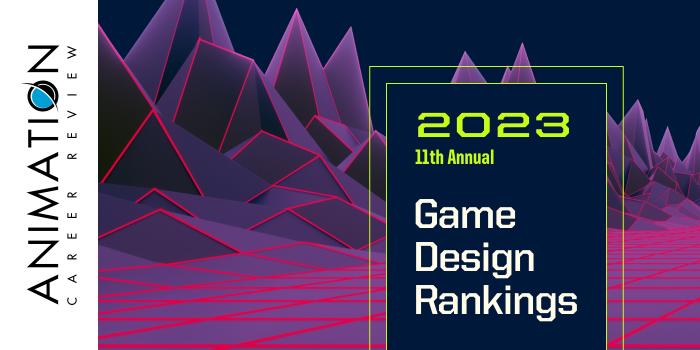Indiana University Bloomington (IU Bloomington) provides several pathways to study game design. Programs are housed in Luddy School of Informatics, Computing and Engineering (Department of Computer Science), and The Media School, which is part of the College of Arts and Sciences.
The Luddy School Department of Computer Science serves 950 students enrolled in 11 programs at all degree levels. Students seeking an undergraduate degree can earn a BS in Computer Science (CSCIBS) with a Game Development Specialization. The School also houses a distinctive Minor in Animal-Computer Interaction, which includes courses such as Game Art and Sound, Game Development, and Game Programming. A CS BA is also conferred from IU Bloomington’s College of Arts and Sciences.
The Media School at Indiana University Bloomington is a multidisciplinary division that attracts students seeking careers in game programming, animation, sound production, music composition, or graphic design for multimedia. Students in all Media School programs have the opportunity to select elective courses from the Luddy School, Architecture and Design, Jacobs School of Music, and Eskenazi School of Art. Specific program options suitable for game designers include the Game Design BS and Minor, the Media BA, and a New Media and Interactive Storytelling Certificate.
Media BA students may pursue a Concentration such as Media Technologies, Games and Culture; Interactive and Digital Media; or Media Science. Students may also pursue a Media Specialization such as Game Art, Game Production, or Game Audio. Concentrations consist of five courses. Specializations consist of at least three courses.
Course examples across concentrations include Game Technology, Digital Media, Game Production, Cultures, Games, Culture, and Society, Media Technology and Difference, Game Experience Design, Media Technologies and Culture I-II, Game Art and Sound, Narrative Design, Story Lab, and Animation for Digital Media. Course examples across specializations include Game Art and Sound, Game Character Art, Game Environment Art, Game Design, Game Analytics, The Videogame Industry: Systems and Management, Sound for Games and Playable Media, Game Experience Design, Game Production, Introduction to Musical Instrument Digital Interface (MIDI) and Computer Music, and Sound Design.
Game Design BS students at Indiana University Bloomington will work their way through a mix of seminars, hands-on production classes, and a three-semester workshop modeled after professional game studios. Across Game Workshop I, II and III, students will work in teams to develop a game prototype, produce a demo, and publish an original game.
Elective areas are available for students who would like to design an area of expertise. Areas include Design: Games and Mind, Programming, Art, Sound, Design: Game Design Theory, and Management, Advertising, and Public Relations.
Upper division Game Design students will work their way through the Game Workshop Sequence, which includes three workshops: Prototype, Demo, and Publish. Modeled after game studios, the sequence ends with an industry-ready published game.
Students in all IU Bloomington Game Design and Media Programs have access to GameDev@IU. This student-run organization provides hands-on experience for student game designers. Highlights include the opportunity to collaborate on game design projects, workshops, and participation in game jams. Game design students can also gain valuable hands-on experience through the Indiana University Bloomington Internship Program. Students have interned everywhere from General Motors to Google.
Graduates of the Game Design and Media Programs at Indiana University Bloomington are prepared to compete for positions such as Game Designer, Game Artist, World Designer, Game Developer, Creative Director, Software Developer, and Animator. Potential employer’s include Blizzard Entertainment, Zynga, Electronic Arts (EA), and Ubisoft.
Established in 1820, Indiana University Bloomington was one of the first public universities west of the Allegheny Mountains and one of the first universities to admit women. The school serves more than 71,000 students enrolled in 930+ academic programs across seven campuses and two regional centers. Indiana University Bloomington is accredited by the Higher Learning Commission (HLC).






















